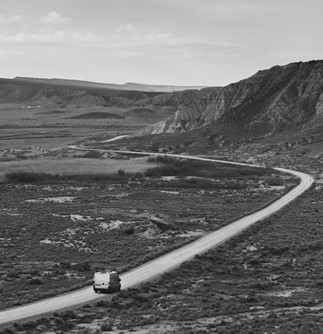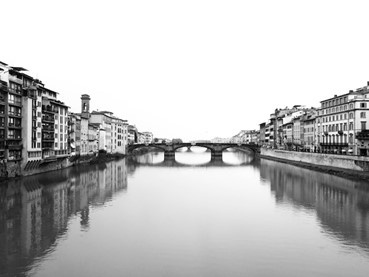Enjoying the natural beauty of the American landscape is a relaxing and satisfying pastime. Bringing along a camera can capture the moment for years to come, and share nature’s glory with others to encourage both the appreciation and conservation of our most precious resource.
Twentieth century icon Ansel Adams’ work is still considered the preeminent in landscape photography to this day. But his techniques are applicable even to beginner photographers.
Katie Barton of Colorado explores below strategies for mastering landscape photography by incorporating the techniques of this famed photographer.
Creating Iconic Photos
Ansel Adams’ love and appreciation of nature comes through in each of his photographs. Fellow artists of the conservation movement showcased the beauty of the West to audiences back East through pastels and paintbrushes. But Adams brought his camera to bring the same sense of wonder and awe combined with a hyper-realistic approach.
His work has a few key elements that can be incorporated into one’s own landscape photography today. The photographs were minimalist, shot in black and white using a deep focus and a sharp contrast.
In doing so, the viewers’ eyes weren’t drawn to the varying colors of paintings, and instead to the spectacular shapes, heights, depths, and textures of America’s national parks. His style was “realist,” rather than “pictorialism,” meaning his photos portrayed landscapes exactly as they appeared without exaggeration or editorializing. Adams allowed the beauty and wonder of nature to speak for itself.
Utilize the Best Available Lighting
It’s smart to play around with different styles of lighting to determine a preference. When approaching photography in the vein of Ansel Adams, consider relying solely on the natural light of the sky to set the scene.
Certain times of day are naturally better than others. Skylight can make for gorgeous photos – this is the period right before sunrise and right after sunset, when the sun is not in view but still providing clear, ambient light and beautiful colors. A long exposure will add wonderful contrast.
Choosing a Lens
There are myriad lenses available for cameras, so it’s important to consider the subject. Would a wide angle to capture a larger area be best, or would you rather focus on a particular element in your line of sight?
There are generally four lenses that landscape photographers prefer:
- 14mm f/2.8: A wide-angle and wide aperture for astrophotography
- 16-35mm f/4: Gets the best range of wide-angle shots
- 24-70mm f/4: Used as a walk-around lens for normal lengths of focus
- 70-200mm f/4: Best to capture landscapes in the distance and to isolate subjects

Choose a Quality Camera
The number of cameras available on the market can be overwhelming to choose from! Generally, Sony, Nikon, and Canon are the go-to brands for landscape photography and a SLR or DSLR is recommended. They all offer mid-range cameras which are adequate for the average hobbyist, with more expensive options for those looking to utilize photography as a profession.
In Conclusion
Landscape photography celebrates the beauty of nature and captures happy memories for years to come, using the simple, clear, and realistic techniques of Ansel Adams to turn any moment of nature into a powerful work of art.
